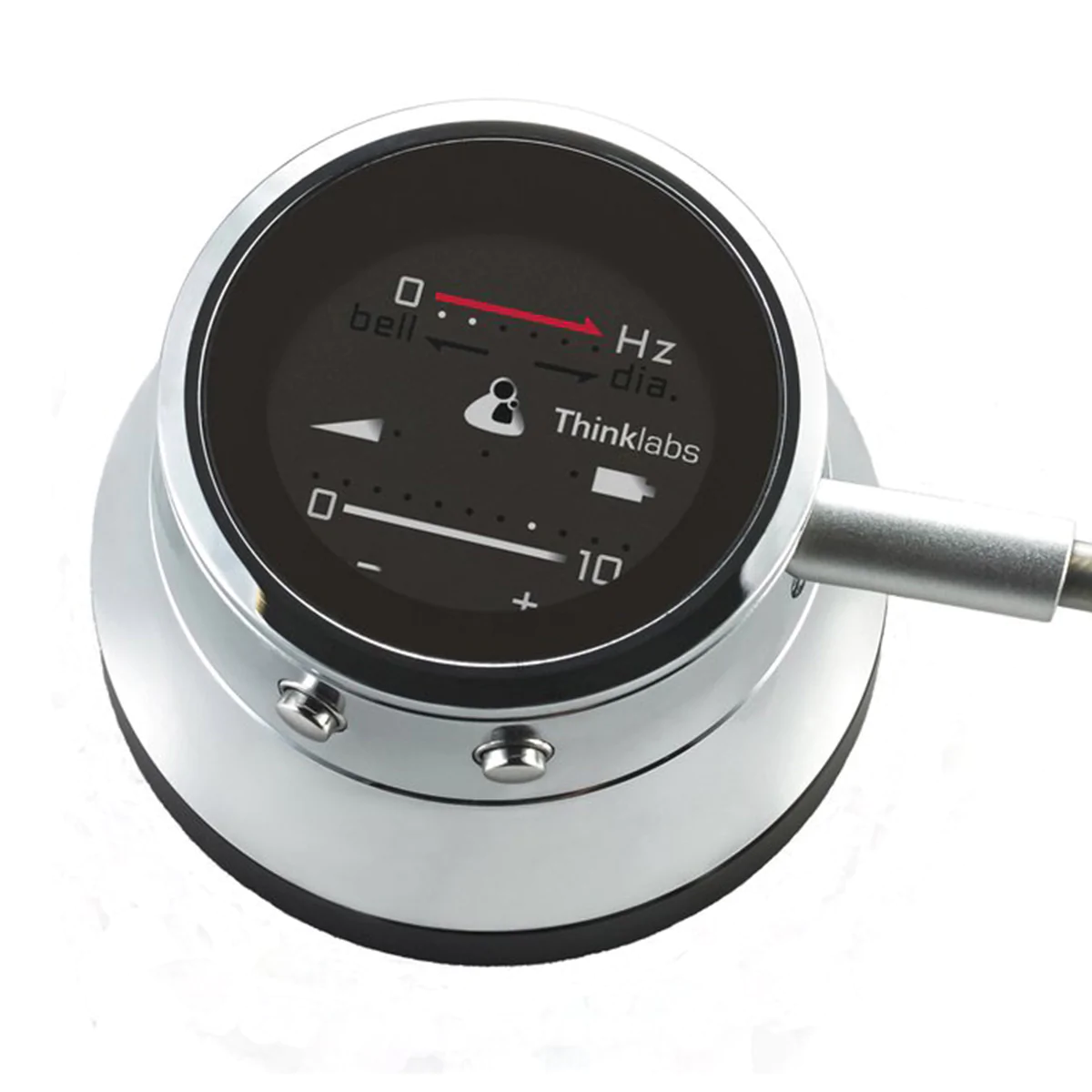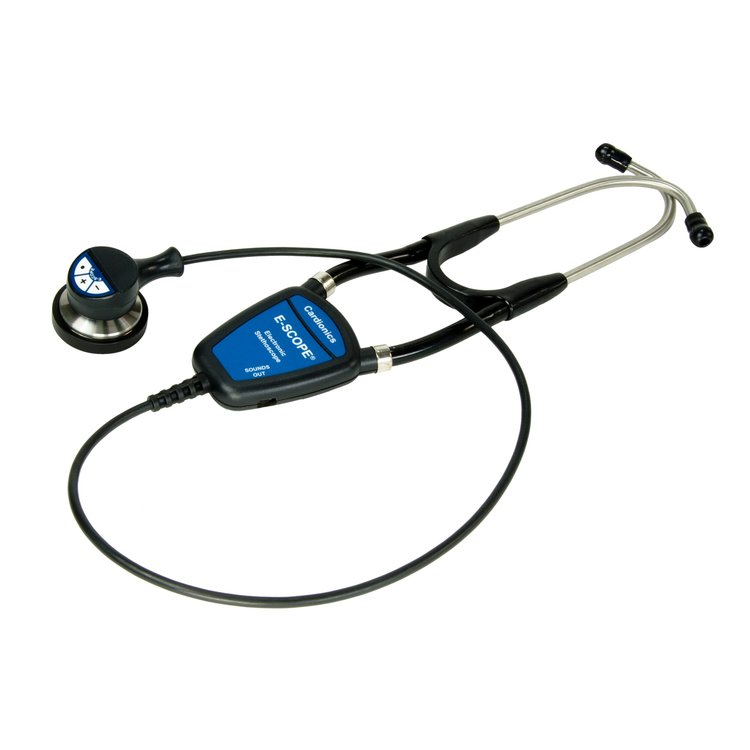For the longest time, Trevor wanted to be a nurse in a rewarding profession he’d dreamed about since he was a kid. But he has a test to complete in his upcoming vital session in a couple of weeks. He will need to complete an assessment of listening to sounds from the heart to assess a patient’s heart rate.
After using the nursing school’s stethoscope, Trevor doubts his abilities now and feels like his hearing loss is a disability that could hold him back from passing the exam. Things are feeling super stressful and tiring just thinking about his exam. Finally, he realizes that his dream and this upcoming exam are in the way of achieving his dream.
Registered nurses, veterinary technicians, emergency medical technicians, doctors, and medical students like Trevor can work in the health field. Their superpower and talent are uniquely specific and needed in the healthcare sector. In addition, they are observant of things and bring an added and heightened sense when things are not quite right.
Therefore, hearing loss shouldn’t stop people from entering the medical field, especially when technologies such as a custom stethoscope for hard of hearing break down the hearing barrier to providing medical care.
How to hear better with a stethoscope
It’s an assumption made by non-medical professionals or people interested in the medical field that the medical profession is not suitable because people with hearing loss when so many technologies and medical devices require hearing capabilities to monitor and look after patients.
However, some stethoscopes provide amplification and visual information suitable for people with varying hearing loss. These are the best stethoscope for hearing loss. Equally important, more amplification is needed if you have severe hearing loss.
Hence, someone with both mild hearing loss who doesn’t wear hearing aids and someone who has severe hearing loss wouldn’t be able to benefit from the same device, depending on their amplification needs.
Giving that amplification is a necessary start to using a stethoscope. There are two ways to listen with a stethoscope. Simply, one involves removing the hearing aids, and the other keeps them on.
Removing your hearing aids
First, you can remove your hearing aids to use an amplified stethoscope by inserting them directly into your ear. The stethoscope has significant amplification for someone with mild hearing loss and the ability to hear low-frequency sounds.
Notably, the clarity and loudness of the stethoscope are equivalent to those of those wearing hearing aids. Some medical professionals share their stethoscopes to help hard-of-hearing patients hear.
Wearing your hearing aids
If you are forced to comply with infection control policies by using contactless protocols, you might want to keep your hands from touching your hearing devices.
A hearing aid stethoscope allows you to keep your hearing aids on and connect to them wirelessly or through some connectivity.
However, it is important to note that hearing aids support sounds under a specific frequency range.
For example, the frequencies needed for a stethoscope are in the lower frequency range, typically 20-650 Hz. Unfortunately, wearing hearing aids and cochlear implants may prevent you from hearing this range.
On the other hand, unless you have hearing aids and a cochlear implant adjusted, you’ll get all the sounds you need for work.
Behind-the-ear hearing aids
Removing your hearing aids to use your stethoscope will be too cumbersome and, perhaps, not hygiene-friendly if you are touching your hearing aids and placing them down in an area that requires strict hygiene and practices.
In that case, you can keep your hearing aids on by connecting them to the stethoscope or by making a vent or hole in your hearing aid earmold. This practice is known as the Applebaum method.
In detail, the Applebaum method will allow you to use a stethoscope without removing your hearing aids. You can use the earpiece over the vent, which is suitable for people who can hear low frequencies.
Direct Audio Input, T-coil, Bluetooth or Headphones
Otherwise, you might want to keep your earmolds as is and use an amplified stethoscope to pair with your hearing aids or cochlear implant. Consequently, you can connect your device with your hearing device using a direct audio input boot available on a hearing aid.
You can use the t-coil switch on your hearing aid with a hearing loop device attached to your stethoscope. You may also pair your hearing aid Bluetooth with a Bluetooth transmitter, which enables Bluetooth between your hearing aid and the stethoscope.
Remember, most Bluetooth connections need an adapter because of the mechanics of making direct connections. For most stethoscopes, you will need an adapter to connect the stethoscope and the hearing aids or cochlear implants. So, consider these adapters as a middleman for Bluetooth stethoscope hearing aids.
For In-the-canal or completely-in-canal hearing aid wearer
You can swap the earpiece that attaches a stethoscope for hearing aids to stethomate tips to use comfortably with your in-the-canal hearing aids. These earpieces can fit on some stethoscopes, like Littleman.
Testing Stethoscope
If you are worried about buying the wrong stethoscope online and spending a lot upfront, you can try before committing. Some organizations will be able to allow you to test at least one of the best stethoscope for hearing problems you might have.
Firstly, the Association of Medical Professionals with Hearing Losses hosts an in-person event that allows one to try various devices to see which one is worth purchasing.
Lastly, some companies also offer a trial period.
What is a good stethoscope for the hard of hearing?
We found the five best stethoscopes for hearing impaired nurses on the market, which are favourites and widely used by people with hearing loss. As part of the product review, we compiled information and resources from people with hearing loss about their experience with the product to help you decide which is a better fit.
This post contains affiliate links, meaning Lisnen earns a small commission if you purchase from these links. Please read the disclosure for more details.

ThinkLabs
ThinkLabs is one of the higher-priced stethoscopes on the market but one that many people with hearing loss enjoy. Especially important, the functionality of this device can work with any audio-related device. Additionally, this stethoscope has the most amplification out of all the available devices.
Key Features:
- Connects to your Compilot (Phonak), UNI-DEX, Com-dex (Widex), MultiMic (Resound), audio headphones, any Bluetooth transmitter/adapter or any streamer (neck loop) for hearing aids or cochlear implant
- Auto-shutoff delay to save power
- Pre-set “programs” to quickly switch from assessing lung to heart sounds
Littmann
Littmann is a popular brand in the nursing community. It offers a great entry-level device for the nursing profession or students in the health field seeking a stethoscope for general use. Moreover, it will help those who want to study the visual waveform and the actual sound. With this particularly designed Littmann stethoscope for hard of hearing, you can hear anything from faint murmurs to lung, heart and abdominal sounds.
Key Feature
- Sleek design
- Noise-cancelling feature
- It comes with an app to visually display the heart rate
- It can pair with the Eko core device
- Rechargeable battery

EKO Duo
This attachment amplifies the sounds using other stethoscope brands like Littmann (see above). The device can perform any physical examination for heart, lung, and bowel sounds. This company actively tests hearing aid brands and users for better sound quality.
Key Features:
- It comes with an app due to its Bluetooth feature. You can see the visual information of a heartbeat on the screen.
- Operates alone or can pair with another stethoscope
- Smart detection system
- Record visualization of heart sound for sharing
- Can wirelessly listen over the Bluetooth device of your choice.

Cardionics E-scope
This stethoscope allows you to connect your t-coil, headset, and other audio devices to the jack using its 3.5mm jack. You’ll be ready to hear any sounds from lung to bowel using your hearing aids or cochlear implants.
Key Features
- Connects directly to the cochlear implant using a patch cord or t-coil
- Can toggle between lung and heart sounds by pressing a button
- Assess lung, heart and abdominal sounds
- Uses a DAI cable or a headphones

Stethee
Visualize the sound using an AI-powered device to listen to the heart and lungs of your patients. Stream sound through to your smartphone (android and iPhone are both supported) and pair your hearing aid and cochlear implants to your mobile phone.
Key Features:
- Another device specific for the vet
- AI can provide cardiac and respiratory event detection
- Bluetooth enabled
- Rechargeable battery
- Noise cancellation
- Use with a 3.5 mm AUX adaptor for headphones or audio cable
Looking for more product ideas?
Check our product finder for more solutions to support your daily activities.

